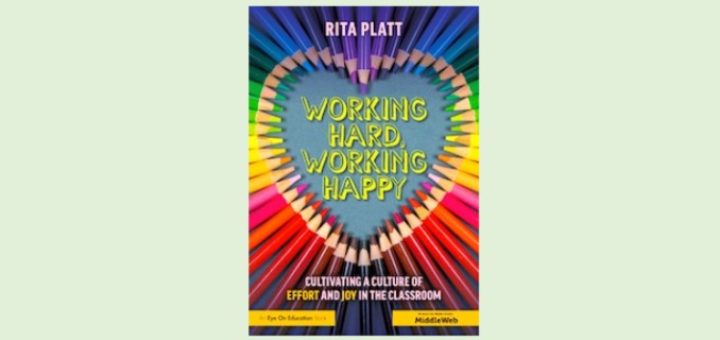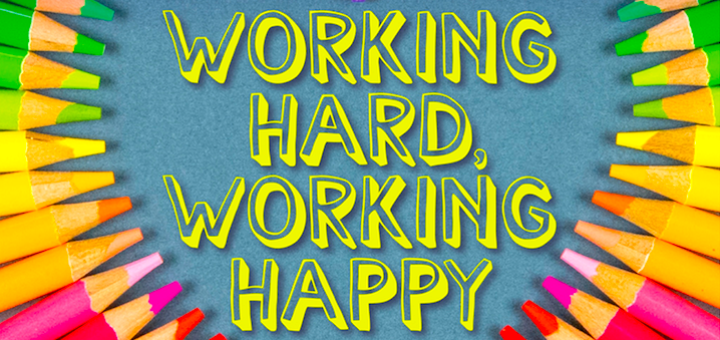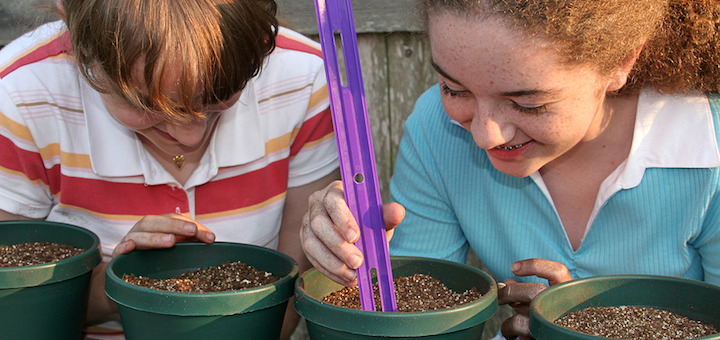Tagged: classroom culture
“I used to think clever lessons would show students how much I cared,” writes sixth grade teacher Kelly Owens. But she’s come to understand that “If you want to fully engage and motivate students to delve into your innovative instruction, get going first with a greeting!”
Who needs Working Hard, Working Happy? Happy teachers! They will feel validated when they recognize many favorite practices. Unhappy teachers! They can nurture a culture of joy in their classrooms with the practical strategies Rita Platt offers, writes Anne Anderson.
Rita Platt’s Working Hard, Working Happy is a quick read, with many useful ideas about creating a learning culture in your classroom and school. Any teacher who wants students filled with joy and self-motivation needs to read this practical book, writes Kimberly Higgins.
NBCT and new principal Rita Platt shares the five beliefs that make up her teaching philosophy and serve as the framework of her new book Working Hard, Working Happy. Learn what she “knows to be true about teaching and learning” and why you might want a credo of your own.
Student-generated questions put kids in the driver’s seat, advancing learning and engagement, writes expert Jackie Walsh. To encourage students to ask more questions, teachers need to grow a classroom culture where questioning is valued. Walsh shares five strategies that can help.
Reading “Not Light, But Fire” inspired Sarah Cooper to change the way she frames conversations about current events and history – which very often involve race, ethnicity, religion, politics and other incendiary topics – to build understanding, not emotion.
What can science teachers do in the first weeks of school to get students intrigued, energized, and focused on science studies all year long? Using an NGSS framework, veteran middle grades teacher and science specialist Kathy Renfrew shares some of her favorite ideas.
Math teacher Michelle Russell has come to believe that having students working at the whiteboard is a good teaching practice. Even so, she’s been busy exploring advantages and disadvantages via online and student research, striving to make a good practice even better.
How can co-teachers honor the strengths and needs of each learner and assure everyone becomes an important contributor to the classroom learning experience? Elizabeth Stein believes the process begins by creating a framework that makes every student’s thinking visible.
Joy is a part of a healthy climate, and in places where we spend huge chunks of time – like school – healthy climates are critical to the success of students and teachers alike. Rita Platt shares some of the ways she bring smiles and laughter into classroom culture.

















